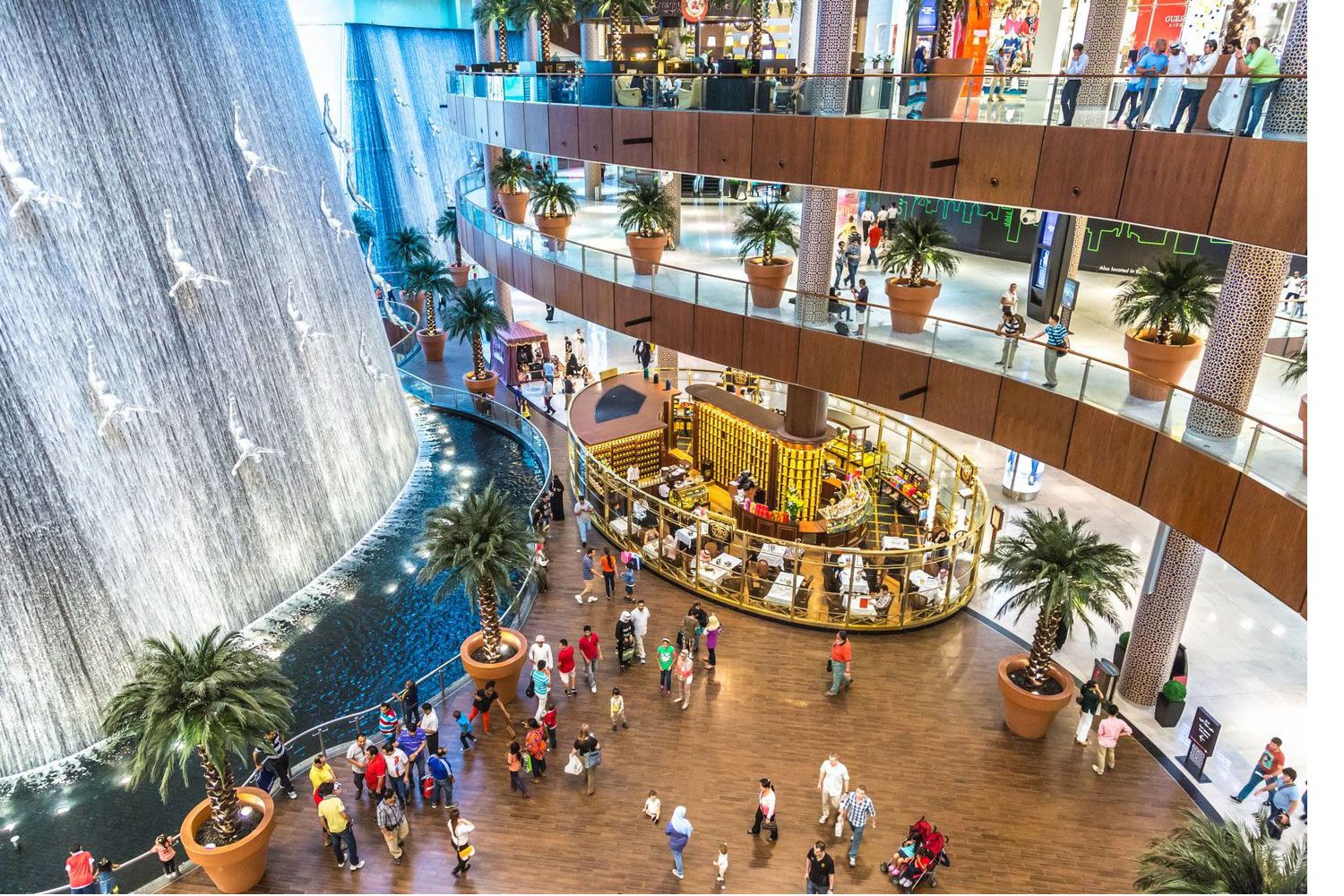By: Roxane Magbanua, Senior Director, Planning, PHD UAE
If Dubai was once celebrated as a “tax-free paradise” by holidaymakers who were lured by its attractive retail offering, the recent slump in oil prices and economic ambitions of Arabian Gulf nations will soon challenge that view. In the race to diversify their economies from hydrocarbon dependency, the six Gulf Cooperative Council (GCC) countries will introduce a 5% VAT, starting in 2018. Estimates from Ernst & Young have valued the proceeds at $25 billion per annum for the six countries.
 Considering the $250.5 billion in retail sales in the GCC in 2016, the sector will undoubtedly be a major source of tax revenue for the region’s governments and therefore contributor to their public and social programs. In this region where leisure activities can be limited, shopping is often regarded as the leading form of entertainment. The stifling weather hinders outdoor activities in the summer, for example, and there are no cinemas in Saudi Arabia. Despite the introduction of VAT and the tough economic conditions resulting from the drop in oil prices, Alpen Capital estimates that the retail sector will grow by 25% over the next five years, reaching $313.2 billion in 2021.
Considering the $250.5 billion in retail sales in the GCC in 2016, the sector will undoubtedly be a major source of tax revenue for the region’s governments and therefore contributor to their public and social programs. In this region where leisure activities can be limited, shopping is often regarded as the leading form of entertainment. The stifling weather hinders outdoor activities in the summer, for example, and there are no cinemas in Saudi Arabia. Despite the introduction of VAT and the tough economic conditions resulting from the drop in oil prices, Alpen Capital estimates that the retail sector will grow by 25% over the next five years, reaching $313.2 billion in 2021.
This is partly explained by the continued investments in retail real estate. Some 6.2 million square meters of retail space will be developed across the GCC during this period, reaching a total gross leasable area of 18.6 million square meters. Dubai alone has almost twice as much retail space per capita as London, demonstrating the significant role the sector plays in driving its economy.
The introduction of VAT presents retailers with a number of issues. One of them is logistical. Both at the government and company level, the state of preparedness is questionable. A study by ACCA and Thomson Reuters found that only 12% of businesses have made the necessary budgetary provisions, while the majority claimed they were awaiting further clarity on the framework.
Another issue is whether to pass on the increase to shoppers as one of the key principles of a VAT system is that it should be borne by the end consumer. Kuwait, for example, is considering ways to shield its most vulnerable citizens from the tax. Considering the current economic climate in the region, price sensitivity is high and the choice is between squeezing margins and facing lower sales.
Some retailers will balance the two, only passing a proportion of the price increase resulting from the application of VAT in a bid to retain market share. Others may offer to cover the full amount of the VAT in order to keep volume of sales at a reasonable level during the settling-in period. The decision will depend on the price elasticity of the product at that time. Either way, there is hope that many large purchases and bulk buying will occur ahead of the introduction of the tax.
This is especially the case for brands in the automotive industry and other categories that are generally considered “big-ticket items”, who will increase their communications in the last quarter of 2017 to encourage “pre-VAT” purchases. The UAE’s National Day celebrations in early December will be an extremely busy period for sales and media communications, with the number of visitors from neighboring countries also increasing during this time. While the media mix remains unchanged, the creative messaging of such communications will require a fresh approach in order to convey a sense of urgency and the value of the savings. However, brands are advised to consult with legislative bodies on their messaging in order to ensure that the forthcoming VAT is not conveyed in a negative light.
Moving forward in 2018, large retailers are likely see a slight decrease in their Customer Satisfaction Index during the first six months, with price hikes also producing a drop in basket size and overall spending. Brands’ pricing teams will have to devise additional models in order to stay competitive during sales periods and clear older stocks. Many retailers will likely take the marginal hit to their profit lines by absorbing the VAT during such promotional cycles, particularly given the current economic environment. For automotive brands, communications will focus on explicitly highlighting this tactic, along with the customary promotional schemes of free insurance, zero down payments, extended warranties, etc.
As e-commerce continues to grow in significance in the coming years, considering the region’s distinctive affinity for technology and the entry of big players like Amazon, retailers will have even more room to maneuver. Not only will they have stronger margins to play with, the task of including VAT in their online prices will also become simpler, given the infancy of the sales channel at present.
Therefore, the overall sentiment among retailers is still quite positive, considering the proposed amount of 5% is rather nominal in comparison to other markets. Many share the belief that it will be “business as usual” come January, even if they will have to navigate in a slightly more complex ecosystem.
